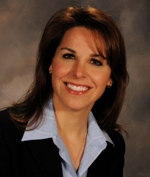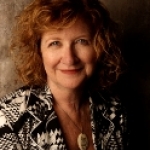
Tim Mikulski
Convention Town Hall: Experts Tackle Important Issues in the Arts
Posted by Jun 10, 2012

Tim Mikulski
“Something big is going on in American cities. It is urban. It is real. It is transformative.” “It is a golden time for an urban renaissance.”
Those are just short soundbites from former U.S. Secretary of Housing and Urban Development and former Mayor of San Antonio Henry Cisneros during his introduction to our Town Hall session to start day two of the Americans for the Arts Annual Convention.
Following that stirring introduction, Cisneros joined five other panelists, and Americans for the Arts President & CEO Bob Lynch, in a fascinating discussion about how the arts can be involved in all aspects of creative placemaking.
Opening Remarks
In a round of opening remarks, the panelists were asked to respond to Cisneros' statements about the arts, cities, and placemaking.
Knight Foundation Vice President of Arts Programs Dennis Scholl asked several questions including: “What role are we going to play in this urban renaissance?” (as described by Cisneros) and “How are we going to seize this moment?” More importantly, he stated unequivocally, “I want a seat at the table and a national cultural policy.”
Los Angeles County Arts Commission Executive Director Laura Zucker stated, “Arts and creativity is a special sauce...if we could bottle and resell it to people, everyone would want to buy it. The challenge is to sell it.”
Trey McIntyre Project (TMP) Executive Director John Michael Schert explained how the dance company chose to make Boise, ID, its home because founder Trey McIntyre wanted to be part of shaping the community—how the city sees itself and how others see it.
In a fine example of placemaking at its core, Schert described how vital TMP has become to the community as they were named economic development cultural ambassadors and the fact he can walk down the street and local residents know who he is and often look to TMP as a resource for guidance.
Read More


















































